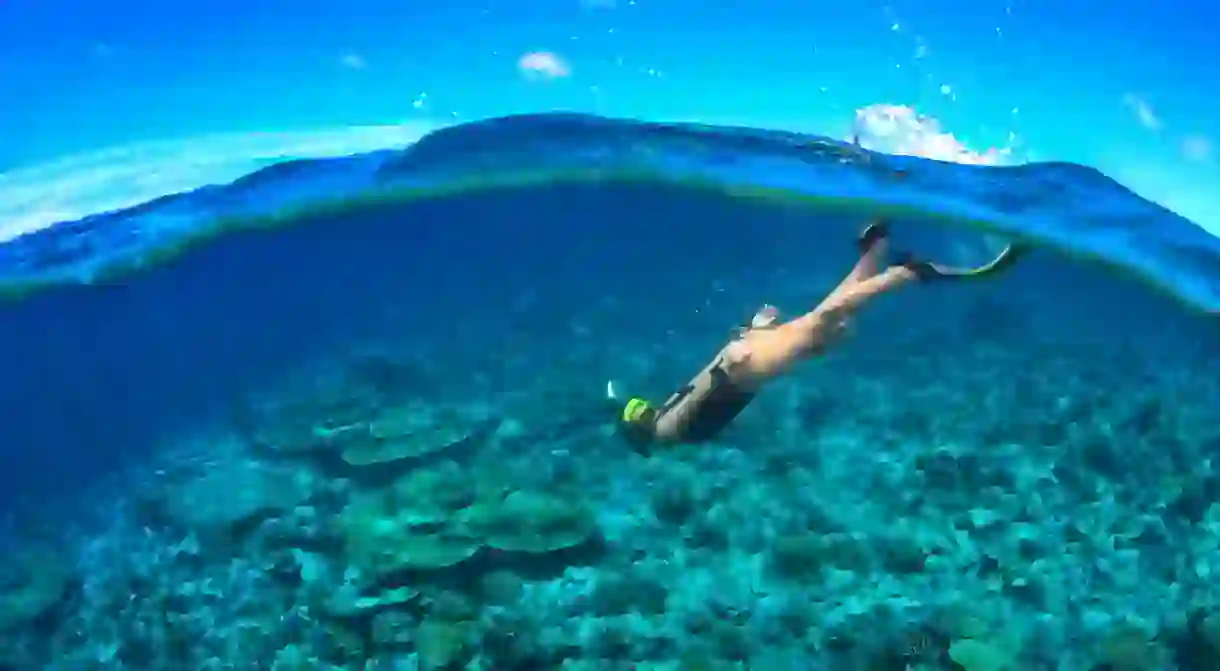The Most Unique Experiences You Can Have in Seychelles

Seychelles is unquestionably a beautiful country. You’ve heard about the world-class beaches and stunning marine wildlife, but what sets it apart from other tropical destinations? We’ve rounded up the most unique experiences you can have in Seychelles to show you just how special a place it is.
Endemic species-spotting
There are huge amounts of endemic species in Seychelles, with 12 endemic bird species alone. Some of the most exciting ones to look out for are. listed below. We will share the islands you can find some of them on, but there’d be no adventure if we gave you the exact locations! You’ll notice that all of these species are threatened with 3 of them listed as critically endangered.
Black parrot (vulnerable) – These parrots live on Praslin Island and spotting one is a rare occasion.
Coco de mer (Endangered) – You’ll only find them growing naturally on Praslin and Curieuse Islands.
Aldabra giant tortoises (vulnerable) – The easiest way to see them free-roaming is on Curieuse island. You’ll also find them on private islands, such as North Island, Bird Island, Fregate Island. The largest population can be found on Aldabra Atoll.
Jellyfish tree (critically endangered) – It is thought there are less than 100 mature specimens left in the world, and they are all on Mahe Island.
Seychelles paradise flycatcher (critically endangered) – Head to the Veuve nature reserve on La Digue Island for your best chance of finding them.
Seychelles tiger chameleon (endangered) – At just 16 centimeters (6.2 inches) long these little guys are not easy to find! Look for them on Mahe, Praslin, and Silhouette Island.
Seychelles sheath-tailed bat (critically endangered) – These little bats are tiny and weigh just 11 grams (0.3 ounces). Spot them on Mahe and Silhouette Island.

Unlock the sea
Hotel

As of 2017, visitors can also contribute to the reef rescue programme, with experts from the Marine Conservation Society Seychelles guiding you through the process. For any marine lovers, this is a fantastic opportunity. Seychelles has suffered terribly with coral bleaching, so reef restoration projects are vital to help salvage Seychelles’ once-pristine corals. The Four Seasons Hotel on Mahe Island also invites its guests to join in, with its own reef restoration project, Love Grows Beautiful Things, aimed at couples.
Pink Rocks

Dance the moutya
The moutya and sega dances are the traditional dances of the Seychelles, both originating from times of slavery here. The moutya is a slow and fairly erotic dance, the words chanted always based around oppression and prayers of freedom. The Sega is an evolution of the moutya and is a much faster, ‘defiant’ dance. The music is traditionally played with three goatskin drums of varying sizes and sounds. Many hotels across the islands have moutya nights, where traditional dancers come to perform Seychelles cultural dances.

Day time turtle nesting
Seychelles is one of the only places in the world where Hawksbill turtles come to nest during the day. Typically, the nesting season is between October and January, so if you’re planning your trip around this time you might be lucky enough to come across a turtle laying her eggs.
Head to Cousin Island, managed by Nature Seychelles – it’s easily accessible by boat from Praslin Island, so speak to your guest house or hotel about arranging a trip. They have one of the longest turtle monitoring programmes and it’s a fantastic location to see turtles nesting, as they can boast the highest abundance of nesting Hawksbills in the Western Indian Ocean.














